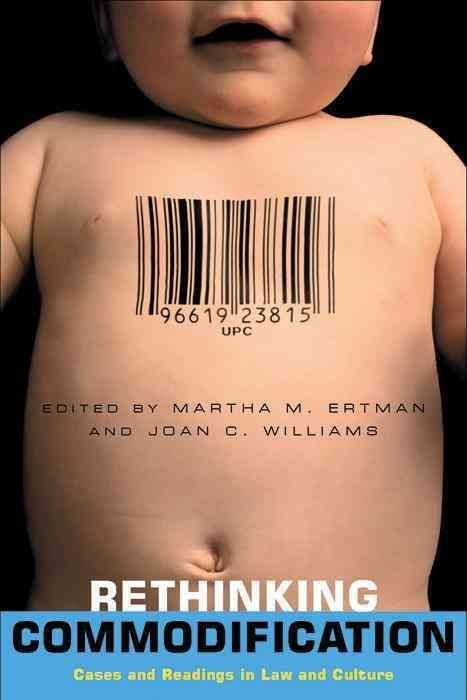Every physician hates to have a patient develop a complication. Nevertheless, we also know that when a problem does develop, one needs a clear corrective strategy to minimize the effect of the complication and thereby prevent a major morbid event. The most frightening of all cardiologic complications occur in the catheterization laboratory. Indeed, Lewis Dexter, one of my mentors, told me about his first, accidental catheterization of the pulmonary artery. When he saw,under the fluoroscope, that the catheter was dancing back and forth in the lung, Dr. Dexter was convinced that he had perforated the patient’s heart while trying to thread the catheter through the right atrium to the renal veins. However, after some thought and observation, he realized that he had not encountered a complication; instead he had tripped upon the opportunity to diagnose and understand various forms of heart diseases. ClinÂ- ical cardiac catheterization had been born! The 14 chapters in this book have various real-life complications that have occurred during coronary intervention. They also describe various strategies for avoiding or managing them. The chapters take the reader sequentially through a variety of situations, anyone of which would make for a potentially “bad day” in the catheterization laboratory. Starting with medication probÂ- lems,the authors work their wayfrom the groin to the coronary arteries, detailÂ- ing unpleasant situations and how to deal with them.












